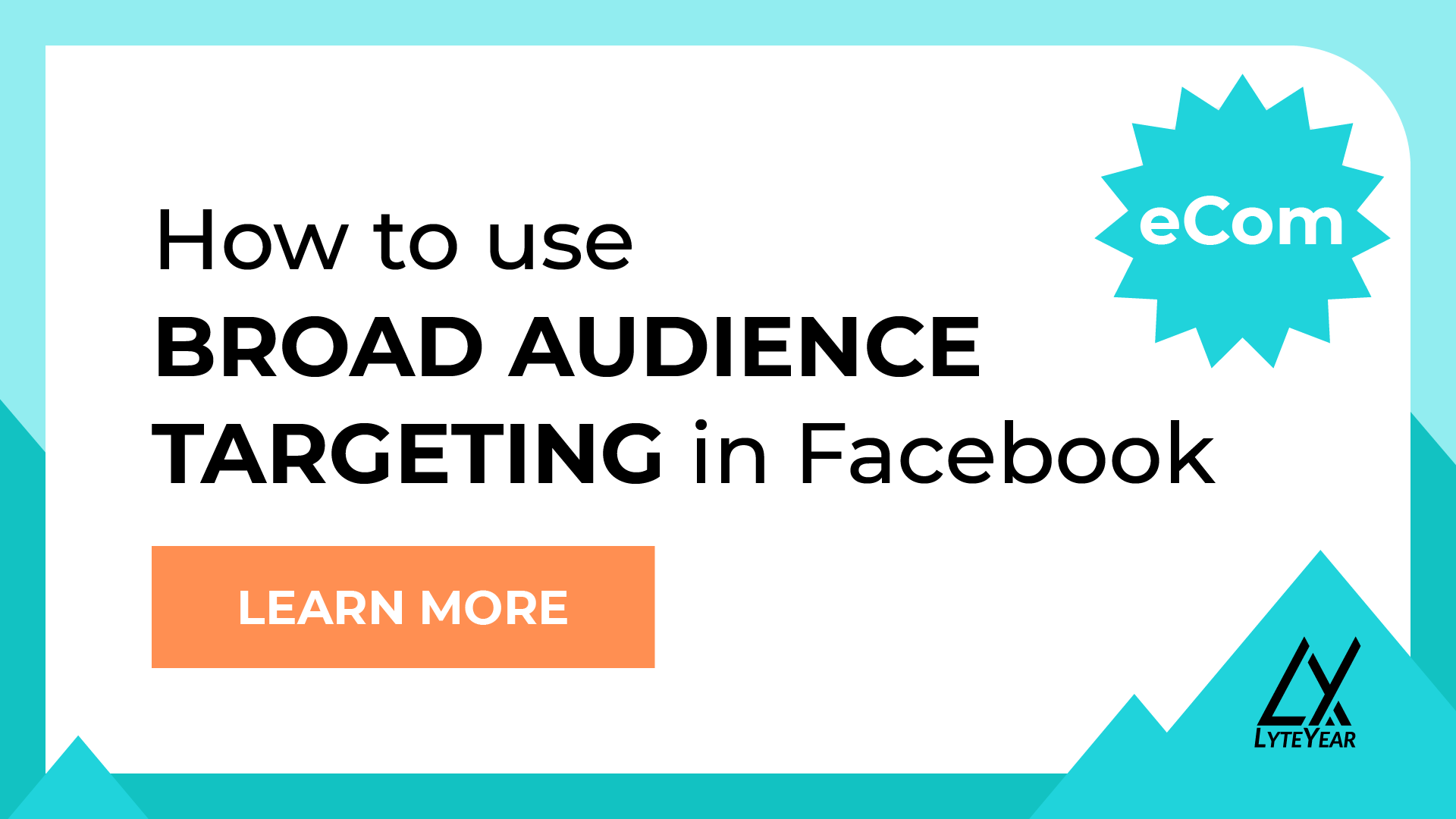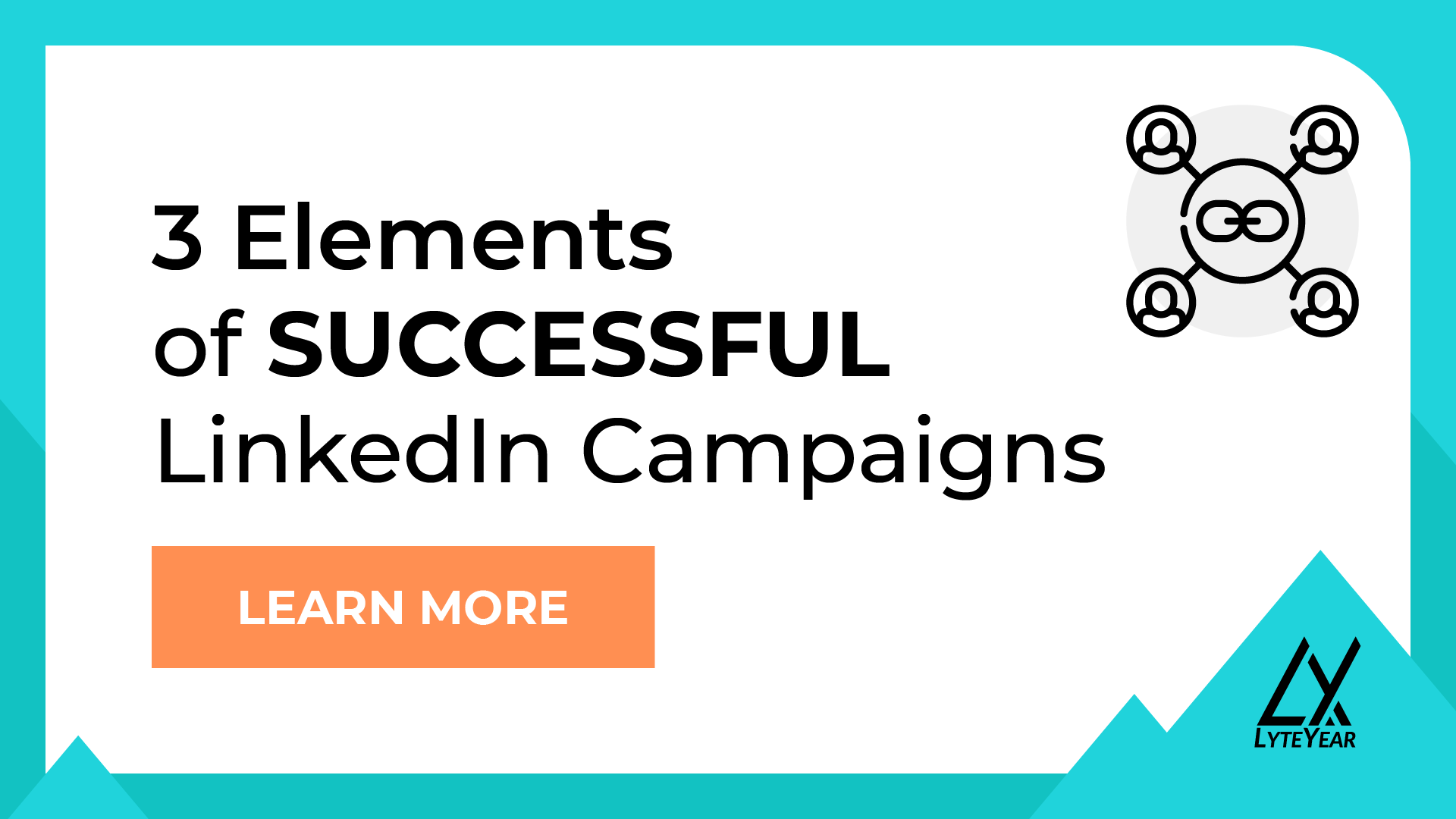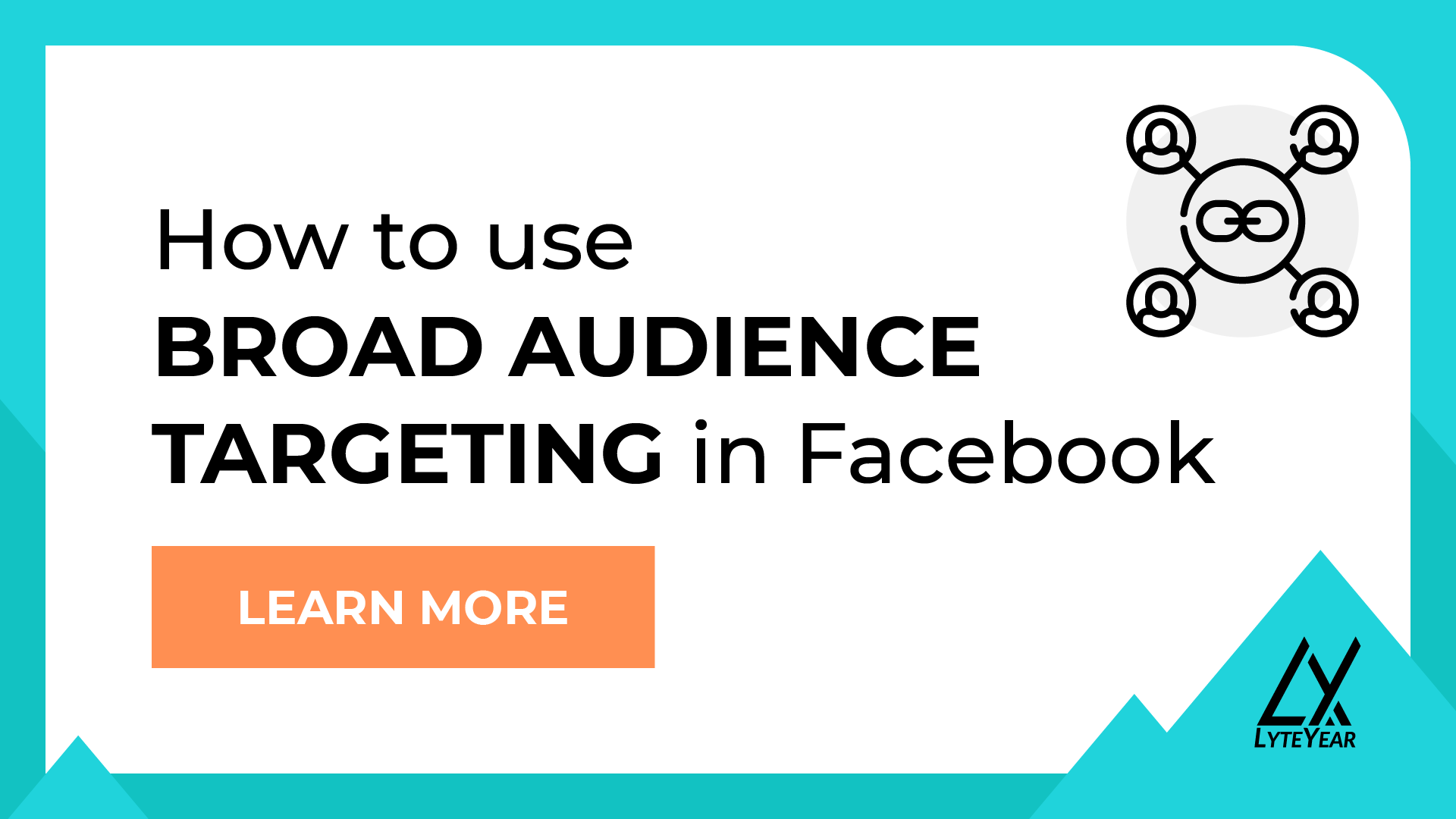How to Get the Most Out of Facebook Broad Audience Targeting for eCommerce

Paid Facebook & Instagram Audience Targeting Best Practices Post-iOS14 - for eCommerce Retailers
The launch and widespread adoption of iOS14 reduced Meta's ability to track user interests and behaviors at the level of detail they were able to previously. This significantly decreased the effectiveness of Meta's ad targeting algorithm, and led to performance declines for most advertisers.
In response, Meta has been continually updating their algorithm to perform better without the ability to directly track user interests and behaviors on Meta or within other tech platforms and brands (such as Google).
As advertisers and brands adjust to this constantly evolving landscape, many are confused on how to best structure campaigns and audiences, and why strategies that previously were frowned upon are now the new norm.
See below for a summary of audience targeting best practices based on our experiences over the past few years, and click the button above to download the PDF version of this post.
*Note that we will use "Facebook" in this post to encompass strategies for both Facebook and Instagram.
Facebook Audience Targeting Best Practices Post-iOS14
- Focus on broad audiences between 1M and 10MM people.
- Avoid behavioral or interest (and thus most Lookalike) targeting.
- Generally avoid narrow geo-targeting as this often causes audiences to fatigue over time. However, larger regional or country-wide geo-targeting can work well.
- Key optimization driver is a continual flow of high-quality creatives that the algorithm can use to discern interest and behavioral targeting within a very large audience of potential prospects.
Why the Shift to Broad Audience Targeting in Facebook?
- The large-scale adoption of iOS14 in the summer of 2021 led to a massive user data loss for Meta. Thus it was no longer able to understand behaviors, demographics, or interests the way it did previously.
- Therefore traditional interest, behavioral, and lookalike targeting stopped performing as well as it used to.
- In response, Meta updated their algorithm as an “AI” capable of machine learning.
- A basic tenet of machine learning is that the more good conversions the system gets on a daily or weekly basis, the better it performs.
- Large broad audiences ensure that the algorithm continually has enough potential prospects to test and learn from so audiences don’t continually fatigue.
Paid Facebook Account Structure Tips for eCommerce Brands
Employ some of the the following strategies to “segment” broad audiences:
- Campaign type (ASC (Advantage Shopping), DABA (Dynamic Catalog Prospecting), DPA (Dynamic Catalog Retargeting), etc),
- Offer / promo (free trial, 50% off, etc),
- Product type or collection (modern farmhouse decor, anti-aging, etc.),
- Price point (products under $50; decor from $7.99, etc),
- Creative (video, static product shots, influencer reels, product collections (rattan, southwestern, succulents), etc),
- Intent (Top of Funnel, Middle of Funnel, Bottom of Funnel), and
- Goal (Purchase, Add to Cart, Landing Page View)
Case-in-point: Across all of our eCommerce accounts, we've found that targeting lookalike audiences (including high LTV or top tier customer lists) and targeting interest-based audiences (including competitor interests) no longer work as well as targeting all genders and ages across the US. Instead of segmenting by audience demographics, we've instead begun segmenting by a combination of the above strategies.
We've also begun creating a funnel (or segmenting) within the above segments. A few examples:
For brands with evergreen offers, we have created a full funnel structure for each offer via a mixture of segmenting by campaign type, intent, and creative.
We also have seen success when setting up the DPA as a funnel via a mixture of segmenting by intent and goal. For example, we break the DPA into 2 campaigns: Low Intent and High Intent. We then set up the Low Intent campaign to target an add to cart goal. Whenever someone adds to cart, they're then moved into the High Intent campaign that targets a purchase goal.
Creative and Optimization Tips for eComs
- Static product images and offer creatives are top performers in all campaign types. Carousels and reels are also successful, but often not as much as static images.
- If consumers are price-sensitive, creatives touting various low price point products (decor under $50) work well in ASCs, DABAs, and Bottom of Funnel campaigns.
- DPAs are very successful campaigns for driving high-quality traffic and conversions. If you want to drive more traffic, consider using a DPA with an Add to Cart goal as opposed to a traffic campaign.
- DABAs work well, but not with a large catalog. With large catalogs, segment the product by collections, styles, profitability, or other themes / goals.
- Be wary of taking ASC Shopping campaign performance at face value. They often are more prone to view-through conversions than other campaign types, yet their metrics will usually look better than other campaigns in-platform.
Case-in-point:
Campaign Types: Although ASC campaign metrics usually look better than other campaign types targeting similar audiences in-platform, they always look worse when analyzing in GA4, Adobe, or other outside analytics providers. Because of this, we have begun shifting more budget into DPAs and DABAs. This has led to a noticeable improvement in revenue and quality traffic both in-platform and in GA4, Adobe, etc (when set up correctly).
Low Price Point Creatives: Recently we've found low price point creatives to be top performers. We've begun promoting static image ads, carousel ads, and dynamic DABA catalogs focused on products that fall within these price points ($50 and under is a top example).
Creative Themes: When products lend themselves to segmentation by theme (design trend, aesthetic, etc), we've found success in creating carousels and dynamic DABAs focused on these themes.
Creative Types: We are still seeing static images (product shots, promos, low price points) outperform most other types of creative, including TikTok-style reels. We oftentimes use these to begin carousels (static and video), and DABA campaigns.


